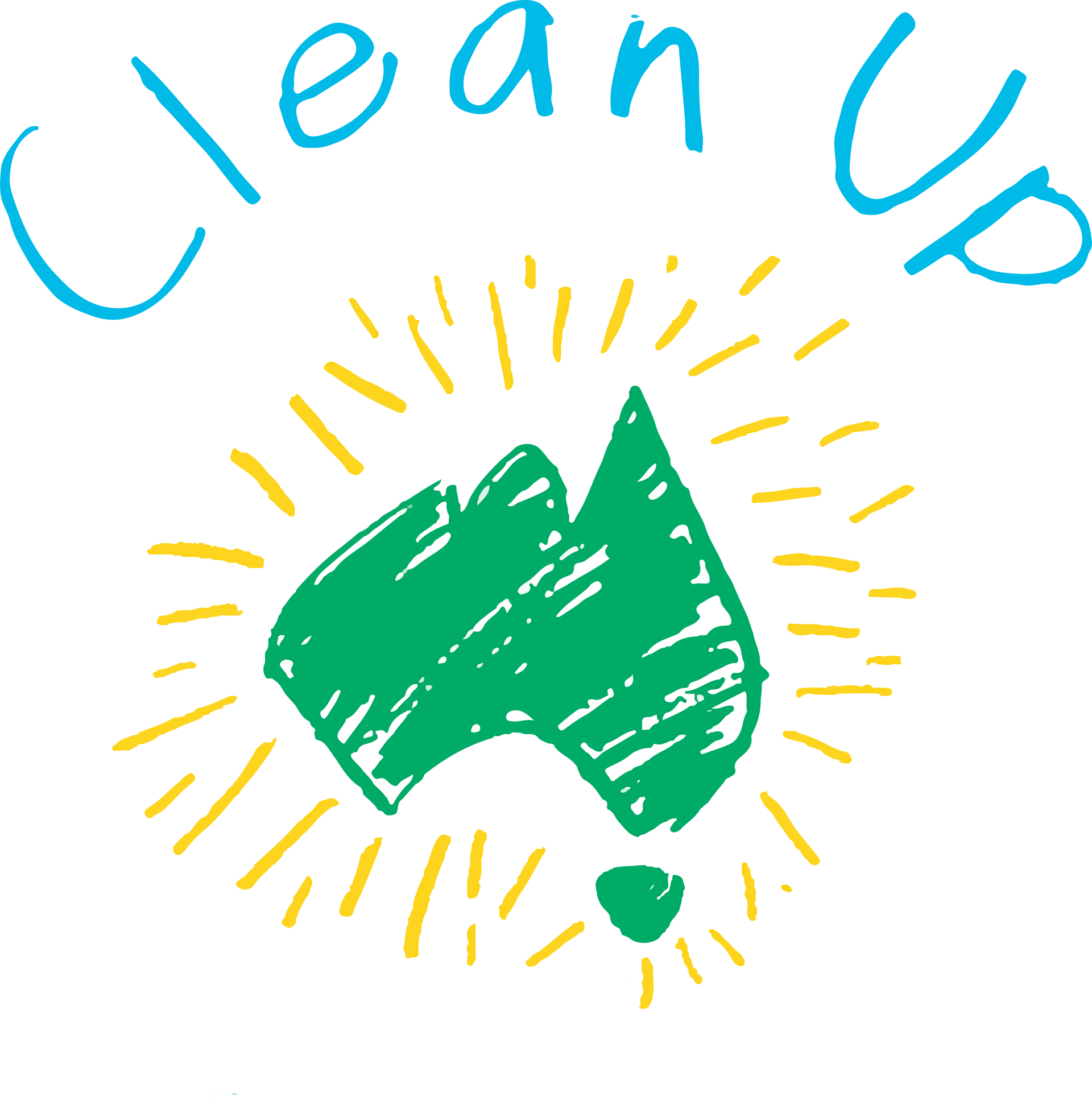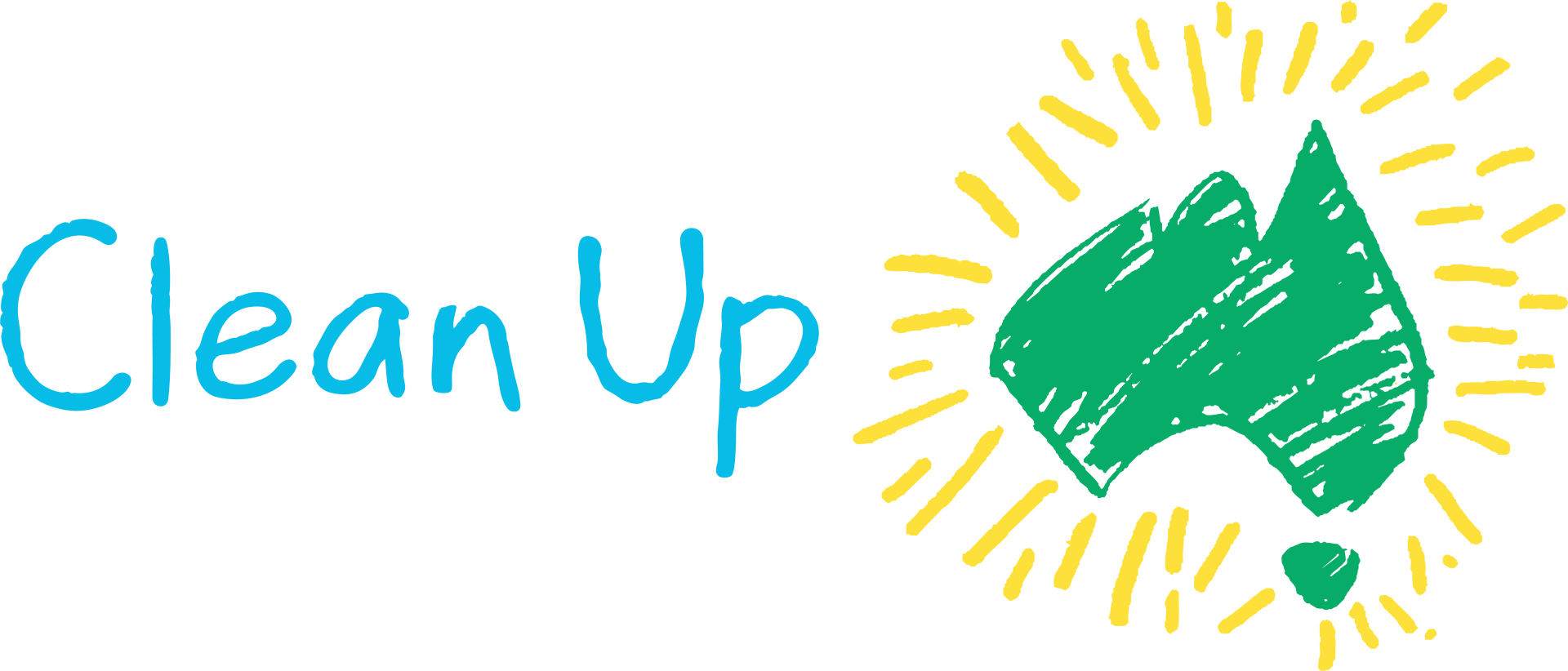Unlocking the Right to Repair
Pip Kiernan, Chair of Clean Up Australia has launched the Australian Repair Network, bringing together a wide range of stakeholders to facilitate the need for a right to repair in Australia.

Today, almost everything we use is smart - from phones to fridges, coffee machines to tractors. It has made life more efficient and convenient — but when these products break, it's another story. Increasingly, manufacturers are dictating who repairs their products, and limiting the amount of information they share with third parties.
Not only is a quick, cheap fix hard to come by, but intentional designs that shorten the lifespans of these technologies are also putting more of them into landfill.
Recognising the complexity of ensuring the longevity of a range of goods, machinery and equipment, the Australian Repair Network (ARN) will engage with all levels of government, policy makers, industries, repairers and the community to facilitate the need for a right to repair in Australia and liaise with universities and resource institutions on priority themes related to repair, durability and product life extension.
Ms Kiernan said, “If we are to get serious about reducing our waste to landfill and truly creating a circular economy, we must shift the dial on repair. At Clean Up Australia we know it is critically important to highlight the value of repair and promote efforts to fix what we own.
“We want everyone to take pride in fixing their things, and to motivate fixers – enthusiasts and professionals – to share their repair skills and get others involved. We want to showcase and celebrate that, to normalise fixing what’s broke and making it as visible as possible.”
Professor Leanne Wiseman of Griffith University has been awarded an Australian Research Council Future Fellowship for a project examining the role that Intellectual Property plays in the rights and capacities of Australians to repair their smart goods. She said, “The inability of Australians to repair their smart goods, cars, machines and equipment or to access repair or service information is having a significant impact on not only the Australian economy, but also its environmental future,”
“Manufacturers use a myriad of ways to keep us from fixing our stuff. They not only restrict access to repair information, but through their end use licence agreements can control who service and repair the products we buy and own.”
WHAT’S HAPPENING WITH THE RIGHT TO REPAIR IN AUSTRALIA
After a 12-month inquiry, the Australian Productivity Commission handed down its Right to Repair report in December 2021. The report found that there are significant and unnecessary barriers to repair for some products and proposed a suite of measures that aim to enhance consumers’ right to repair including:
- introducing a new guarantee for manufacturers to provide software updates for a reasonable time period after the product has been purchased, to reflect the increasing dependence of consumer products on embedded software
- expanding options for ensuring compliance with, and enforcement of, the guarantees to assist individual consumers to resolve their claims and for the Australian Competition and Consumer Commission to address systemic breaches of consumer guarantees
- requiring manufacturer warranties to include text stating that entitlements to a remedy under the consumer guarantees do not require consumers to have previously used authorised repair services or spare parts, so that consumers are more aware of their rights.
There are several opportunities to give independent repairers greater access to repair supplies, and increase competition for repair services, without compromising public safety or discouraging innovation. To this end, the Australian Government should:
- require suppliers of agricultural machinery to provide access to certain repair supplies to reduce the harm of the pervasive barriers to accessing these inputs
- undertake more detailed investigations into specific product markets (including mobile phones and tablets, and medical devices) to better understand the extent of harm and examine whether additional regulation would yield net benefits.
- amend copyright laws to facilitate the accessing and sharing of repair information (such repair manuals, and repair data hidden behind digital locks).
A lack of consumer information about a product’s repairability or durability is likely to make it difficult for some consumers to select more repairable and durable products based on their preferences, while reducing manufacturers’ incentives to develop such products. To address this issue:
- the Australian Government (in consultation with consumer, environmental, and industry groups) should introduce a product labelling scheme that provides repairability and/or durability information for consumers. A pilot scheme should target a limited number of white goods and consumer electronics products.
There is also scope to improve the way products are managed over their life, to reduce e‑waste ending up in landfill. In particular, the Government should amend product stewardship schemes to allow for reused e‑waste to be counted in scheme targets.
Further, the use of electronic trackers within product stewardship schemes should increase, to improve awareness of the end‑of‑life location of e‑waste and ensure it is being sent to environmentally‑sound facilities.
Search for other blog topics:





